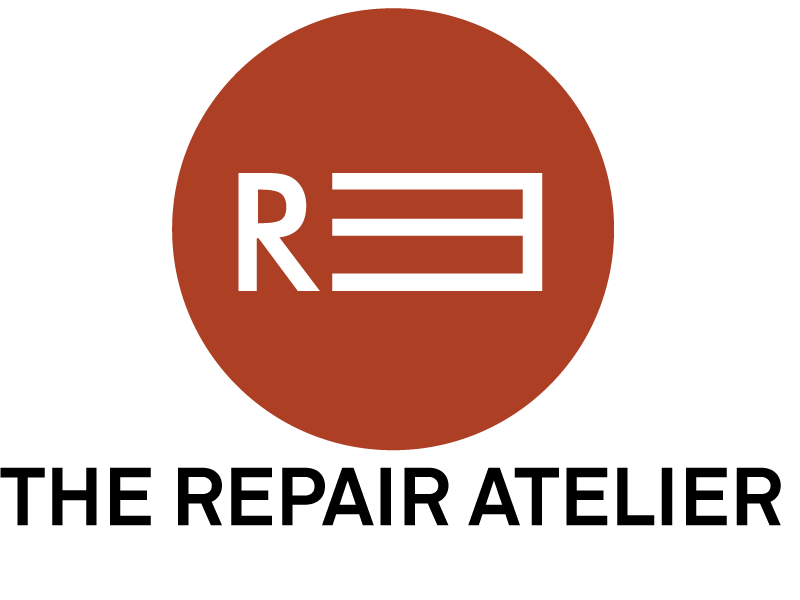This Lexicon is an extension to the “Lexicon of Repair” from the book Repair: Sustainable Design Futures edited by Markus Berger and Kate Irvin, Routledge 2023, and expands the books 12 samplings of reparative philosophies and methods practiced around the world within different cultures, religions, and languages. Some in this inventory of key concepts of repair have been around for centuries, while others are much more recent. We aim to expand the initial 12 lexicon entries from the book (snapshots in the cultural world of reparative thinking and practice), they represent a wide array of rooted practices that we hope will spark interest in further research on the myriad examples of global traditions and modes of repair not included in this vocabulary.
PLEASE submit here your contributions to above topics- we will soon transfer all these entries to a Digital Commons Site hosted by the RISD Library.

